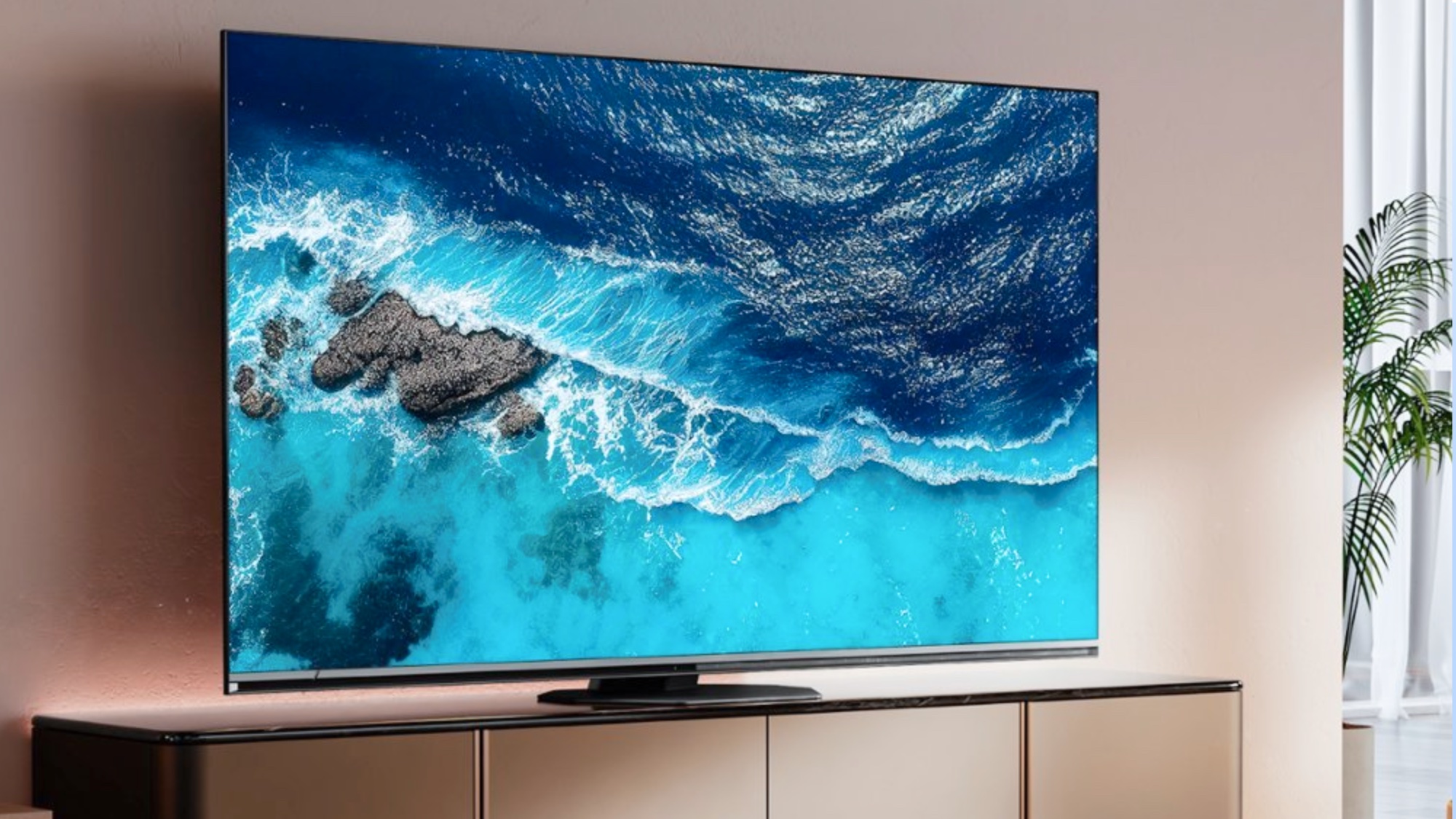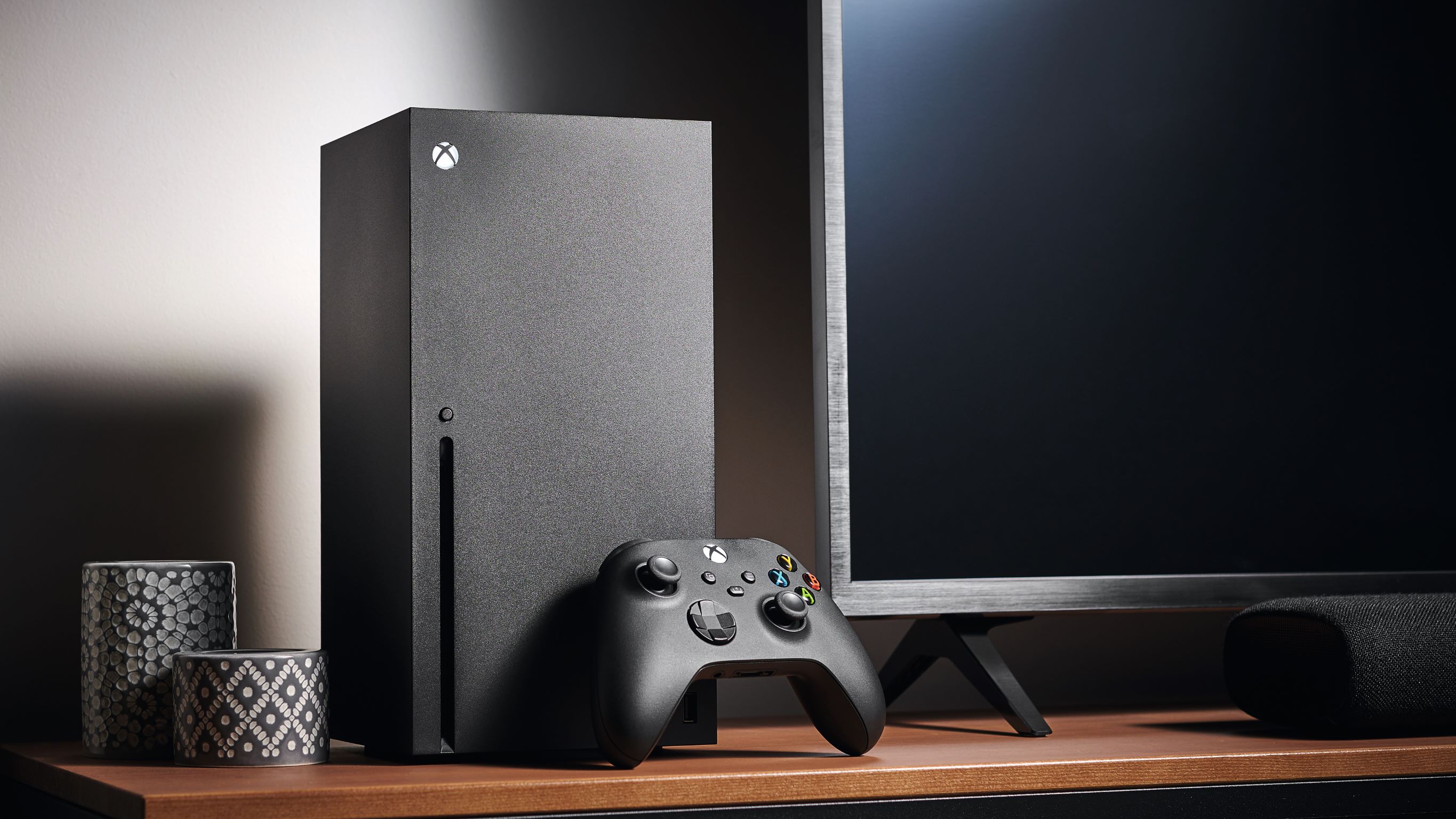Tom's Guide answers: Do I need a 144Hz refresh rate on my next TV?
There's a new TV spec in town, but you might not need it

If you closely follow the latest happenings in A/V tech, you may have heard about a new TV specification being bandied about by major brands: 144Hz. It refers to a TV's native refresh rate, which describes the amount of frames a TV can display per second.
For years, 120Hz was the highest refresh rate available for consumer TVs. Recently, brands have started rolling out a higher version of the spec, 144Hz, in select models. Many of this year's top flagships carry the spec (like the LG G4 OLED), and we've even seen it make its way to more budget-friendly models (like the Hisense U8N).
But before you put it with the rest of your purchasing priorities (or lament the lack of 144Hz support on your current TV), let's set the record straight about it.
Do I need a 144Hz TV for gaming?

No. (Unless you plan on using your TV as a gaming monitor.)
It doesn't matter which consoles you own — Xbox Series X, PlayStation 5, or Nintendo Switch — none of them can take full advantage of a 144Hz refresh rate. In fact, of the three, only the Xbox and PlayStation support 4K gaming at 120Hz.
If you're looking to upgrade your TV primarily for gaming, there are more important factors to consider, like a TV's input lag, whether or not it supports gaming enhancements like VRR, and if it meets the current console cap of 120Hz. In other words, for console gamers, it makes sense to upgrade from a 60Hz TV to a 120Hz TV, but you shouldn't feel compelled to upgrade from 120Hz to 144Hz just yet.
Do I need a 144Hz TV for movies and TV shows?

No.
Get instant access to breaking news, the hottest reviews, great deals and helpful tips.
Most movies and modern TV shows are shot at 24fps. Aside from a handful of movies shot in a high frame rate (Ang Lee's "Gemini Man" is available for home viewing in a 60fps version, for example), you're not going to wring value out of the 144Hz spec while watching standard Hollywood fare.
As with gaming, upgrading from a 60Hz TV to a 120Hz TV, however, comes with immediate benefits for TV show- and movie-watching. Because 120 can be divided evenly by 24, content shot at 24fps folds neatly into a 120Hz display's capabilities.
With a 60Hz TV, the math gets messy, as 60 can't be divided evenly by 24. As a result, the resulting image comes with an awkward-looking motion effect called judder. It's why 60Hz TVs rely on a specific picture setting to fix judder.
Who needs a 144Hz TV?
Right now, the only folks who stand to benefit from a 144Hz upgrade immediately are those who intend to use their TV as a monitor.
Right now, the only folks who stand to benefit from a 144Hz upgrade immediately are those who intend to use their TV as a monitor, and even then you'd only want it if you have a high-end GPU that can take advantage of the higher frame rates and resolution.
Here's the thing: The overlap between PC gamers looking to use a 55-inch TV as a gaming monitor and cinephiles looking to get an OLED for the best picture performance is a pretty thin slice, and unless you count yourself amongst them, 144Hz isn't really relevant to your day-to-day viewing.
That said, many of the best TVs on the market support a 144Hz refresh rate. If you're eyeing a TV that happens to offer this feature, there's no reason to shy away from it. In time, it'll likely replace 120Hz as the gold standard for high-end TV refresh rate.
Hopefully, next-generation consoles will follow suit.
More from Tom's Guide

Michael Desjardin is a Senior Editor for TVs at Tom's Guide. He's been testing and tinkering with TVs professionally for over a decade, previously for Reviewed and USA Today. Michael graduated from Emerson College where he studied media production and screenwriting. He loves cooking, zoning out to ambient music, and getting way too invested in the Red Sox. He considers himself living proof that TV doesn't necessarily rot your brain.
